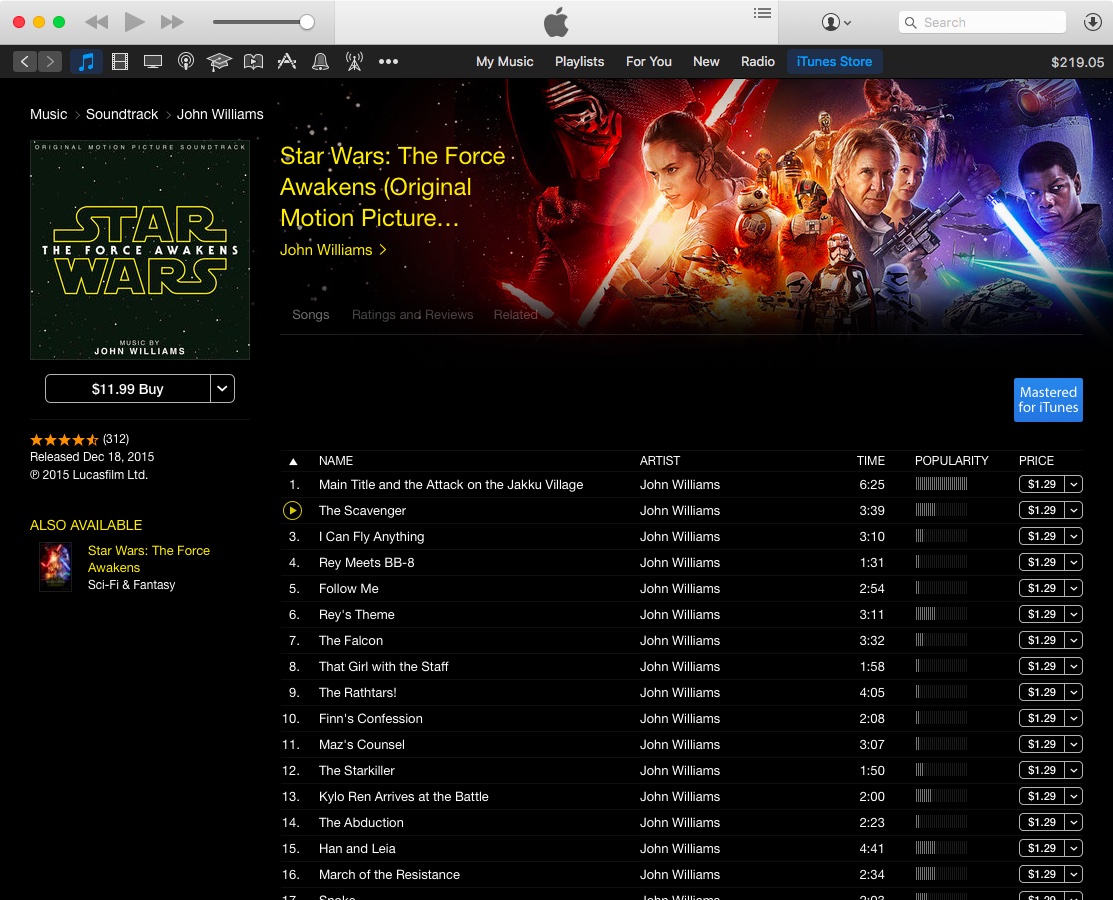
Find great deals on eBay for high fidelity soundtrack and high fidelity cd. Shop with confidence. High Fidelity ~ Soundtrack Amazon.com. Nick Hornby's novel about a middle-aged, obsessive record-store owner and his struggle with growing up in an adult world indifferent to the finer points of soul music was a sharp commentary on life, love, and a decades-long affair with popular music.
Hi-fi speakers are a key component of quality audio reproduction. High fidelity (often shortened to hi-fi or hifi) reproduction is a term used by home stereo listeners, and enthusiasts to refer to high-quality to distinguish it from the lower quality sound produced by inexpensive audio equipment, or the inferior quality of sound reproduction that can be heard in recordings made until the late 1940s. Ideally, high-fidelity equipment has inaudible and, and a flat (neutral, uncolored) within the intended frequency range. Contents • • • • • • • • • History [ ] began experimenting with a range of recording techniques in the early 1930s. Performances by and the were recorded in 1931 and 1932 using telephone lines between the in and the Bell labs in New Jersey. Some were made on optical sound film, which led to new advances used primarily by (as early as 1937) and (as early as 1941).
Began recording performances by several orchestras using optical sound around 1941, resulting in higher-fidelity masters for 78-rpm discs. During the 1930s,, an amateur, began experimenting with audio design and. He wanted to make a radio that would sound like he was listening to a live orchestra—that would achieve high fidelity to the original sound. After, conducted an experiment whereby test subjects listened to a live orchestra through a hidden variable acoustic filter.
The results proved that listeners preferred high fidelity reproduction, once the noise and distortion introduced by early sound equipment was removed. Beginning in 1948, several innovations created the conditions that made for major improvements of home-audio quality possible: •, based on technology taken from Germany after WWII, helped musical artists such as make and distribute recordings with better fidelity. • The advent of the 33⅓ rpm (LP) microgroove, with lower surface noise and quantitatively specified as well as noise-reduction and dynamic range systems. Fans, who were in the audio market, quickly adopted LPs because, unlike with older records, most classical works would fit on a single LP. •, with wider audio bandwidth and less susceptibility to signal interference and fading than. • Better designs, with more attention to frequency response and much higher power output capability, reproducing audio without perceptible. • New designs, including acoustic suspension, developed by and improved bass frequency response.
In the 1950s, audio manufacturers employed the phrase high fidelity as a marketing term to describe records and equipment intended to provide faithful sound reproduction. While some consumers simply interpreted high fidelity as fancy and expensive equipment, many found the difference in quality between 'hi-fi' and the then standard AM radios and 78 rpm records readily apparent and bought 33⅓ LPs such as 's New Orthophonics and London's ffrr (Full Frequency Range Recording, a UK system); and high-fidelity phonographs. Audiophiles paid attention to technical characteristics and bought individual components, such as separate turntables, radio tuners,, and loudspeakers.
Some enthusiasts even assembled their own loudspeaker systems. In the 1950s, hi-fi became a generic term for home sound equipment, to some extent displacing phonograph and record player. In the late 1950s and early 1960s, the development of the single-groove record cutterhead led to the next wave of home-audio improvement, and in common parlance, stereo displaced hi-fi. Free Download Windows Installer 4.5 For 7. Records were now played on a stereo. In the world of the audiophile, however, the concept of high fidelity continued to refer to the goal of highly accurate sound reproduction and to the technological resources available for approaching that goal. This period is regarded as the 'Golden Age of Hi-Fi', when equipment manufacturers of the time produced many models considered endearing by modern audiophiles, and just before () equipment was introduced to the market, subsequently replacing tube equipment as the mainstream technology. A popular type of system for reproducing music beginning in the 1970s was the integrated —which combined a phonograph turntable, AM-FM radio tuner, tape player, preamplifier, and power amplifier in one package, often sold with its own separate, detachable or integrated speakers.
These systems advertised their simplicity. The consumer did not have to select and assemble individual components, or be familiar with impedance and power ratings. Purists generally avoid referring to these systems as high fidelity, though some are capable of very good quality sound reproduction. Audiophiles in the 1970s and 1980s preferred to buy each component separately. That way, they could choose models of each component with the specifications that they desired.